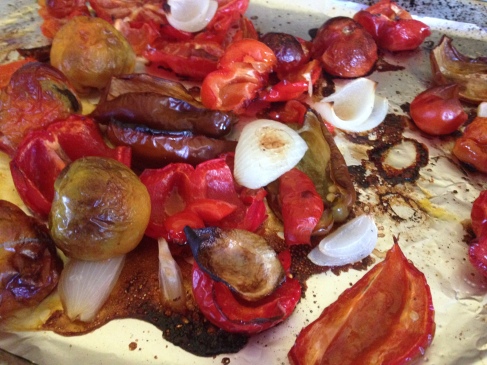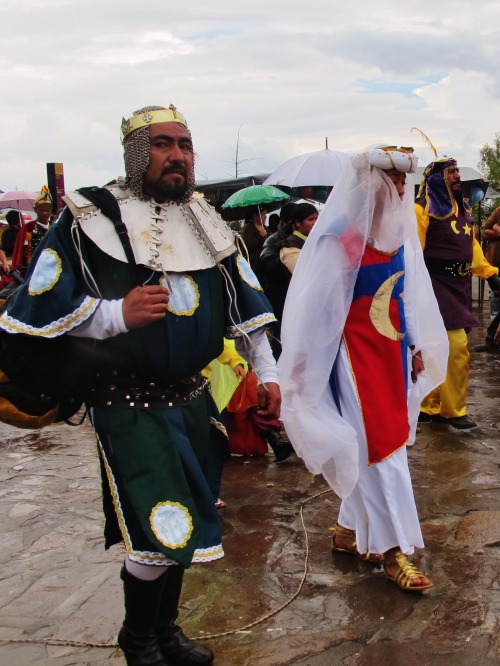We’re in a lovely in-between season when we can find summer’s sweet tomatoes and rich, winter squash at the farmers market. This soup was inspired by a crisp walk around the lake this autumn morning. Yes, that’s right, we have seasons in San Diego. I welcome the change in seasons. Summer was light and fun, but as I push forward with ever-growing opportunities, I welcome the grounding nature of fall.
The other thing about seasons changing is that people tend to get sick. I don’t know the exact science of it, but it seems there is some sort of cleansing ritual our bodies like to do. This detoxifying cycle comes to the surface as our cold symptoms–fatigue, runny noses, etc. I experienced a subtle snotty nose over the weekend. I’d been overdoing it a bit–working a lot of hours and sleeping very little. I forced myself to lay low and started popping immunity-boosting supplements (echinacea, garlic, cayenne).
Today on this beautiful morning I felt strong and healthy, but a warm cup of soup sounded nice. I’ve been working at a few farmers markets throughout the week, which means I head home each night with fresh produce, artisan bread and other goodies. I threw all the veggies onto a couple of cookie sheets and roasted, simmered and pureed them into this soup.
Roasted Winter Squash and Bell Pepper Soup
Serves 4 to 6
Ingredients:
4 small winter squash (or 2-3 large ones)
olive oil
2 teaspoon sweet smoked paprika
salt
pepper
3 bell peppers (or 5-6 small ones), cut into large sections, seeds and ribs removed
1 medium onion, quartered and separated into pieces
3-5 tomatoes (depending on size, cut into quarters if large)
3 cloves garlic, smashed and chopped
3 cups veggie broth
Optional:
Chili oil (saute chili flakes in oil for 30 seconds, turn off heat and set aside)
Chives, chopped
Directions:
Cut the squash in half, lengthwise. Lay skin-side-down on a cookie sheet. Drizzle olive oil and sprinkle the paprika, and a few pinches of salt and pepper on top. Rub everything along the orange flesh. Place the bell peppers, onion and tomatoes on a separate sheet. Drizzle with oil and sprinkle with salt and pepper.
Place each sheet in the oven. The squash will take 25-35 minutes, depending on size. Check by poking with a knife. The sheet with the peppers, onion and tomatoes will only take 10-15 minutes–until softened and some of the pieces are browned.
Let the squash cool for 10 minutes. When it’s safe to handle without burning your fingers, scoop all the flesh off of the skins and into a bowl. Set aside. Discard the skins. (I gave mine to my worms.)
Heat a medium-sized pot and pour in a little olive oil. Drop the garlic into the oil and saute for two minutes, stirring frequently. Add all the roasted veggies, including the squash. Stir for a minute, then add the broth. Add a cup of water. You may need more water to thin it out, but best to start with a soup that is too thick, rather than too thin.
Allow the soup to simmer for 20 minutes. Remove from heat and puree with an immersion blender. If you don’t have one, let the soup cool for at least 30 minutes before blending in small batches in a regular blender. Take care not to burn yourself.
Voila! You’ve got yourself a smooth, flavorful soup. Top with chili oil and chopped chives.


















































